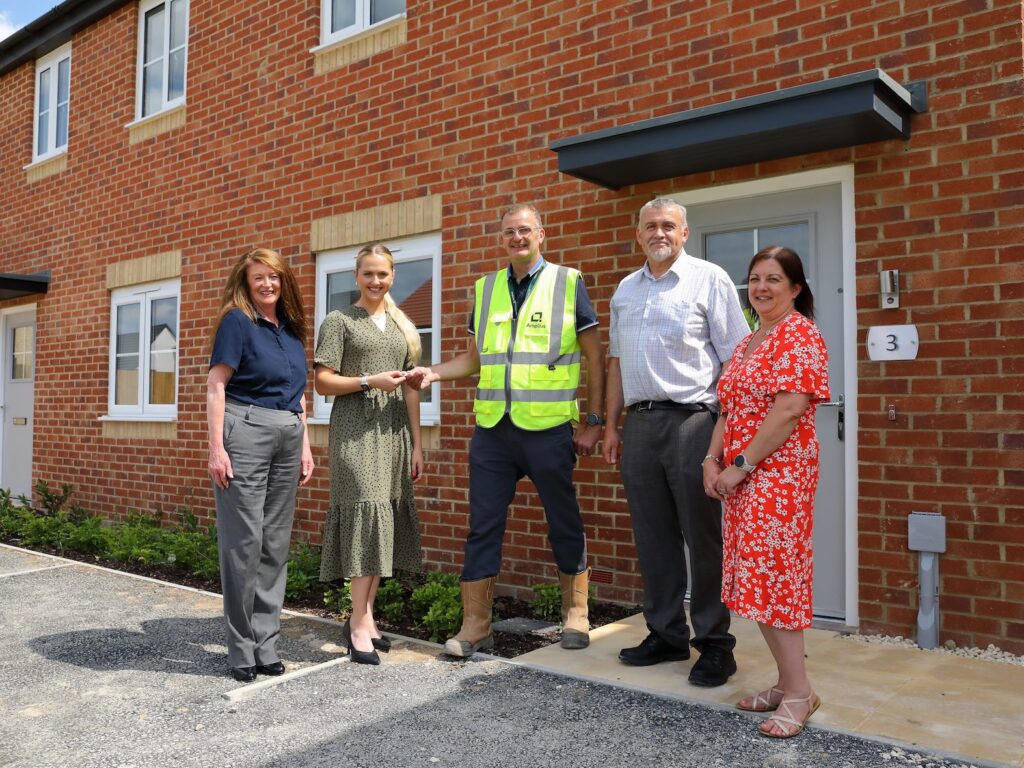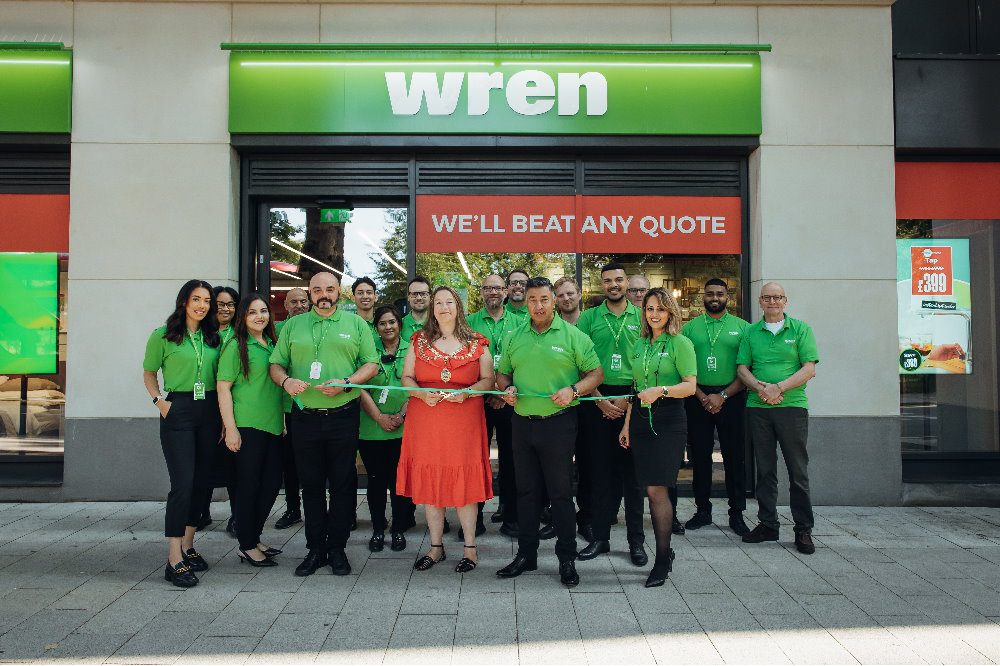UK High Streets have reached a ‘tipping point’. That was the view of a recently published parliamentary inquiry report on UK high streets.[1] The shift to online sales (now accounting for 20% of all retail sales); the upward revaluation of business rates, previous planning policies; and local authority financing constraints are impacting retailers and high streets up and down the country and across all sectors. As concerns have intensified about the state of our high streets, the Government is slowly starting to take action. And urban regeneration is set to be a significant area of policy focus over the next few years, as the high street is rightly seen as a vital component of the UK’s economic and social fabric. In consequence, property investors should be seeing this as an emerging opportunity.
Ultimately high streets need people if they are to survive and return to being at the heart of the communities they serve. It may be stating the obvious but the need to attract people back into our town centres will have long-term implications for town planners for years to come. Evidence suggests that the towns that have found it harder to adjust to the challenge from online sales are those that have tended to be overly exposed to retail.[2] This narrow focus has meant that, as bricks-and-mortar shopping has declined, there has been little else to replace footfall into town centres. Urban planners are now shifting their efforts towards creating activity-based communities, moving away from the retail-centric model and bringing together a full range of amenities including shops, leisure, hospitals, residential, offices and spaces for art and culture.
The message from the government: raise town centre population density
Government initiatives are facilitating the move towards town centres being places of social transactions, rather than just a conduit for financial ones. There has been a key strategic message sent from central to local government: raise the density of populations in UK town centres.
This was an explicit objective in the revised National Planning Policy Framework in July 2018, targeting mainly those areas that are already well-served by existing transport links. In particular, the Framework stated its support for maximising the use of previously developed or ‘brownfield’ land, which includes opportunities to use the airspace above existing residential and commercial buildings for new homes. Measures announced in the October 2018 budget further reinforced this policy objective by proposing to extend the use of permitted development rights (PDRs) and allowing for more compulsory purchase orders. PDRs give greater flexibility around change-of-use regulations, allowing for empty retail and office space to be converted into residential, as well as permitting development in the airspace above existing buildings.
However, a major barrier to town centre regeneration is fragmented ownership, which is seen to inhibit a more holistic approach to town centre planning. To help tackle this problem, one initiative being proposed is to trial a register of empty shops in selected towns (bids are currently being reviewed by the Future High Streets Fund), allowing prospective developers and tenants to gain easier access to existing properties. The Future High Streets Fund and Future High Streets Task Force have been established to help local authorities with financing and expertise, including helping to attract private investment, albeit within a limited scope given that only selected local authorities will benefit. More generally, the government has also announced £900 billion worth of business rate tax relief for smaller retailers, which should help to relieve financial pressures in the short term.
Regeneration initiatives are being put to work in the major UK cities
Greater Manchester has an ambitious long-term development plan, aiming to deliver nearly 25% of the total target of new homes in Greater Manchester and a significant proportion of office space within the city centre between now and 2037. Regeneration in the city centre is expected to have a beneficial impact on the surrounding town centres in Greater Manchester’s boroughs – Bolton, Bury, Oldham, Wigan and Salford – allowing for a potentially diverse mix of investment propositions.
In Birmingham, a public/private partnership between the city council and regeneration specialists is planning to transform a 43-acre site in a neglected area of the city, Icknield Port Loop, bringing 1,150 new homes, office and retail space, parks and leisure facilities. Elsewhere, a £300 million regeneration plan has been approved for a 112-hectare site in the Royal Docks Enterprise Zone in London, with the aim of creating 35,000 jobs and 4,000 new homes.
While the stimulus for regeneration is coming forward, what about the demand?
Affordability remains a significant hurdle for many homebuyers. The lack of housing supply, tighter credit conditions and high levels of valuations relative to incomes (despite modest wage gains in recent months) continue to present barriers for prospective buyers, especially those at the start of the ladder. All of these factors are increasing the attractiveness of the private rental market and so institutional investment in this area is growing strongly, especially as private buy-to-let investors leave the market. According to CBRE, £2.1 billion of institutional capital was invested into UK real estate between Q4 2017 and Q3 2018, a rise of more than 50% from the previous 12 months.[3]
The rental market is still considered to be supply constrained and there is opportunity for further growth. Private rentals, for example, are becoming a lifestyle choice for the older generation, as shown by the growing popularity of build-to-rent retirement living. According to the Centre for Ageing Better, the number of older people renting has risen to 414,000 in 2017 from 254,000 in 2007. It is estimated that up to one-third of those over the age of 60 could be living in private rented accommodation by 2040.[4] More broadly, in the so-called ‘beds’ sectors – student accommodation, hotels and healthcare – demand remains strong. Healthcare in particular is more defensive and should be less exposed to any political and economic turbulence. It should therefore continue to benefit from new investment, especially as new technologies drive changes in how healthcare services are delivered.
In other sectors, too, lifestyle changes brought about by technological innovations may have the potential to transform UK town centres. Demand for flexible working space surged in 2018, with the ‘co-working revolution’ showing meaningful traction in the South East and regional cities, and further expansion is expected in 2019. According to CBRE, demand for flexible working space is significantly above its five-year average – more than 50% in London; more than 100% in regional cities; and more than 150% in the South East.[5
Supporting regeneration through alternative lending
Over the past couple of years, capital appreciation opportunities have diminished across commercial and residential property sectors. With this in mind, and given the expectation that re-development of the underperforming retail space will become more common in 2019, what is the most efficient way to access this market
As traditional lenders have stepped back from property lending over the last ten years, this has opened opportunities for alternative financing through the asset-backed loans market. These types of investment vehicles, with investments secured against the underlying assets, are considered to be a more efficient and stable route to access the property market versus buy-to-let or traditional equity funds. Asset-backed loans also offer attractive net yields for the risk taken relative to UK government and higher quality corporate bonds
The prospect of re-shaping the UK high street for twenty-first century needs should be viewed as an emerging and growing market opportunity. While being able to take advantage of development finance opportunities, real estate investors also have the potential to be part of the movement to transform UK town centres and bring wider social, economic and environmental benefits.
[1] UK Parliament, High streets and Town Centres in 2030 inquiry, 21 February 2019
[2] Ministry of Housing Communities & Local Government, Future High Streets Fund, Call for Proposals, December 2018. The report also cites evidence from the British Property Federation (2016), Town Centre Investment Zones: Getting Investment back into the High Street.
[3] United Kingdom Real Estate Market Outlook 2019, CBRE
[4] https://www.ageing-better.org.uk/news/english-housing-survey-figures-confirm-rise-older-people-renting
[5] United Kingdom Real Estate Market Outlook, 2019, CBRE











